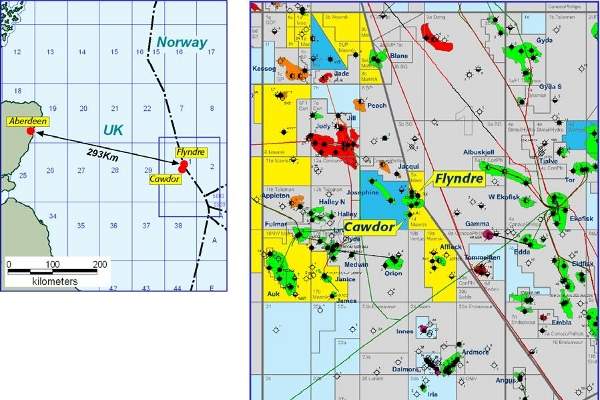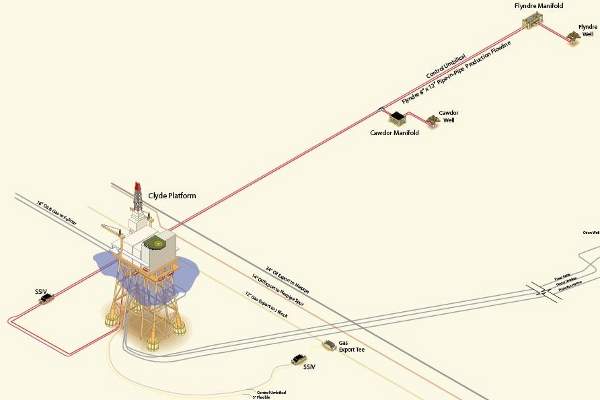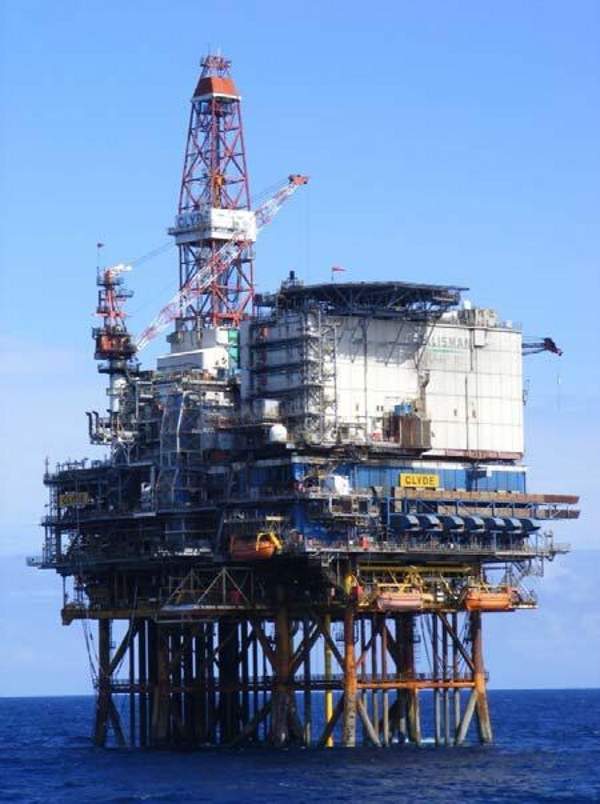
Flyndre and Cawdor offshore oil fields are located 293km south-east of Aberdeen in blocks 30/13 and 30/14 of the UK North Sea, and block 1/5 of the North Sea in Norway.
Maersk Oil UK owns 59.96% and 60.6% interest respectively in the Flyndre and Cawdor fields, and also operates the fields. Other partners involved in the Flyndre development include Talisman Sinopec Energy UK (20.678%), Maersk Oil Norway (13.694%), Talisman Sinopec North Sea (3.856%), Statoil Petroleum (1.031%) and Petoro (0.775%).
Partners in the Cawdor field development include Talisman Sinopec Energy UK (35.17%) and Talisman Sinopec North Sea (4.23%).
Discovery and development
The Flyndre and Cawdor fields were discovered in January 1974 and January 2008 respectively, and are located in the south-eastern part of the Central Graben Basin in the North Sea.
The Flyndre field is situated in cretaceous formation in the Norwegian sector within the PL018C license. The Cawdor field is situated in upper cretaceous chalk of the tor formation in blocks 30/13c and 30/14, both of which are in the UK sector.
Maersk Oil UK received approval from the UK and Norwegian authorities to develop the Flyndre and Cawdor fields in May 2014. Maersk Oil UK and its partners will invest approximately £300m ($486.61m) in the development.
Production and reserves
Combined recoverable resources in the two fields are expected to be 30 million barrels of oil equivalent (boe) in the initial development phase.
The Flyndre field is expected to produce first oil in 2016 and subsequently reach a peak production capacity of 10,000boepd. First oil production at the Cawdor field is expected in 2017 and peak production capacity will be around 5,000boepd.
Infrastructure
Flyndre will have a single production well, while Cawdor will initially be developed with a single production well with an option to develop two more wells depending on the field performance in future. Both the fields will be co-developed as tiebacks to the existing Clyde platform, operated by Talisman, through a new common pipe-in-pipe pipeline system, including a 4.2km section running from Flyndre to Cawdor and a 20.46km section running from Cawdor to Clyde.
The Huldra field is located in blocks 30/2 and 30/3 of the North Sea.
Oil from Flyndre and Cawdor fields will be exported through the Norpipe system. The gas from the fields will be exported via the UK SEGAL pipeline to the UK Fulmar platform.
A new 1,600t reception module will be established at the Clyde platform that will include a three-phase separator, water treatment and CO2 removal facilities. It will also include chemical injection and storage facilities.
Contractors involved
Proserv was awarded a contract in August 2012 to provide electro-hydraulic multiplex subsea control systems, along with associated topside and subsea interface systems for the development of the Flyndre and Cawdor fields.
Aker Solutions was awarded an engineering, procurement, construction and installation (EPCI) contract for the development of the Flyndre and Cawdor fields in November 2013. The scope of work includes tapping the two fields and tying them back to the Clyde platform.
HSM Offshore was contracted in April 2014 to provide assistance for the commissioning phase of the M12 and M14 modules for the Clyde platform for the Flyndre-Cawdor development.





